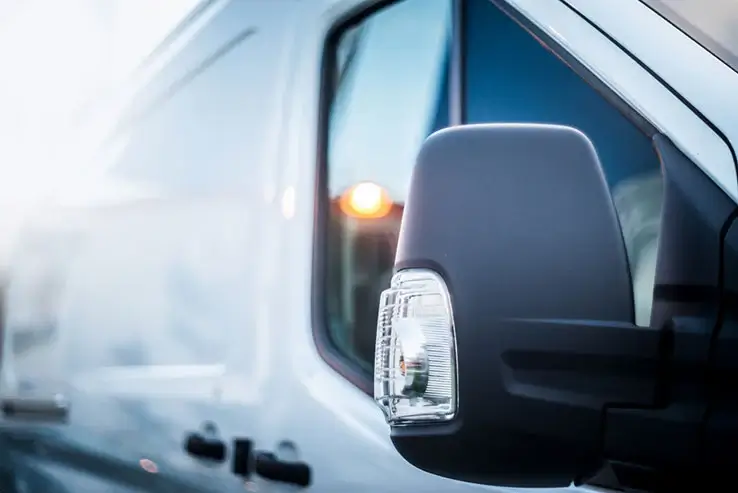Category D and C van write-offs explained

Your van is your livelihood, so you know how important it is to buy one that's reliable. But the idea of saving yourself money by choosing one that's previously been written off can be tempting. So how do you decide what to do? Here we explain what an insurance write-off is, what each category means, including Cat C or Cat D and, if you're thinking about buying a written-off van, what you need to know.
What is an insurance write-off?
If a van is in an accident, the current insurer might decide it's so badly damaged that it's no longer roadworthy, or the cost to repair it would be more than it's worth. In these cases, they can write the van off and give the owner a cash amount instead.
Most insurers use a repair-to-value ratio to decide whether it's worth fixing a damaged van, and these ratios differ between insurance providers. Say the van is worth £4,000 and the insurer has a repair-to-value ratio of 50%, if the work needed to get the van back on the road will cost more than £2,000, it would be considered a write-off.
What are the different write-off categories and what do they mean?
Up until October 2017, there were four categories of insurance write-off: A, B, C and D. Since then, new categories have been introduced, with Cat S replacing Cat C, and Cat N replacing Cat D. If you're looking to buy a used van, you'll potentially still see them referred to as Cat C or Cat D if the write-off happened before the changes.

Here's what each write-off category means:
Cat A:
Vans classified as category A are write-offs and usually go on to be crushed. Vehicles in this category are so badly damaged, they can't be salvaged for parts.
Cat B:
Category B vans have still suffered a lot of damage and are unroadworthy, but unlike Cat A, some parts of them can be salvaged. These can include the wheels, seats or engine.
Cat S (also known as Cat C):
Cat S/Cat C write-offs have been considered by the insurance provider as too expensive to put back on the road - although it would be legal to do so. Cat S vans will have sustained more serious damage than Cat N vehicles (more on these below) and will probably cost more to repair. If you do choose to buy a Cat S van, don't forget to re-register it with the Driver and Vehicle Licensing Agency (DVLA) before you put it back on the road.
Cat N (also known as Cat D):
Cat N/Cat D write-offs are also repairable and can legally be driven again. Vans in this category tend to have less damage than Cat S vehicles and you can get them back on the road without re-registering them with the DVLA. Although, the insurer might have decided the cost to repair a Cat N van is more than it's worth, you can decide to buy one and get it roadworthy again.
What do I need to know if I buy a category S/category N van?
Approach Cat S/Cat C write-offs with caution. While you can buy a Cat S van and make it safe to drive, you'll need to know that all repairs have been made to a high standard - else you might find yourself with a hefty garage bill or other problems further down the line. If you're thinking about buying a Cat S, ask a mechanic to check it over for you first. Don't forget to ask how the van was written off, too.
Planning to buy a Cat N/Cat D write-off? Find out how much it'll cost you to insure it first, to check you can afford it. While a Cat N van will be cheap to buy, bear in mind that its history will limit how much you can re-sell it for in the future.
If in doubt about a potential buy, run a van insurance check. You can also check whether your vehicle has been written off or stolen.
Our van insurance includes Cat N and S write-offs, as long as the vehicle is in a roadworthy condition. Find out how our cover can keep you and your business on the road.

